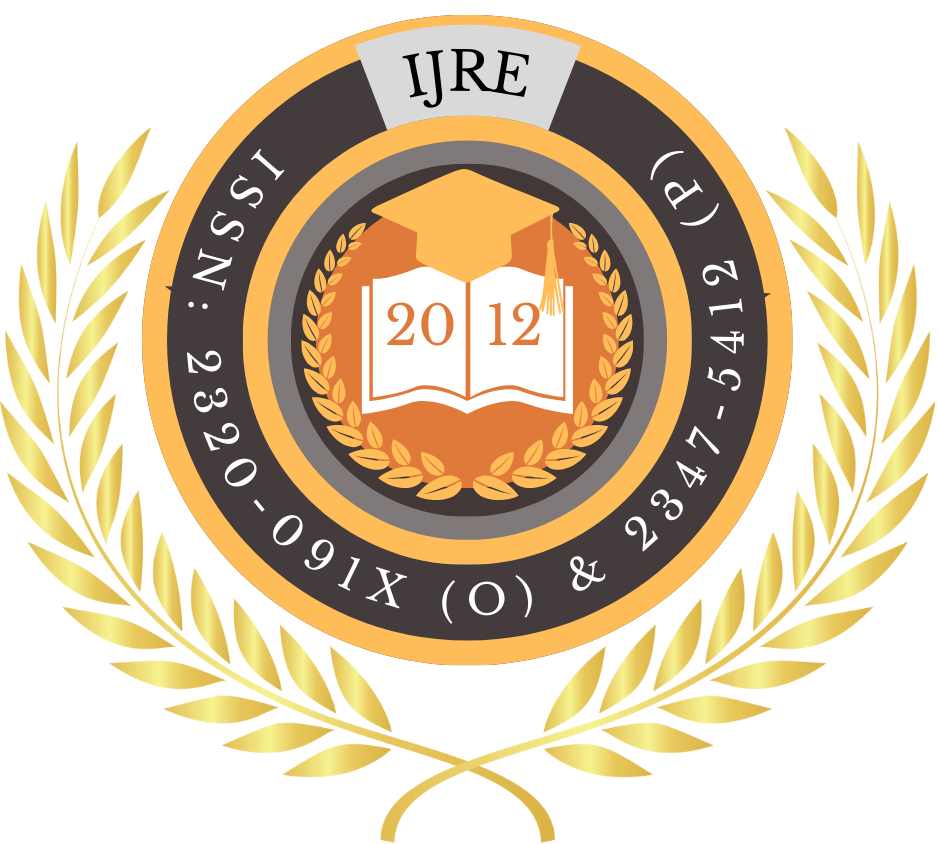![]()
Certificate: View Certificate
Published Paper PDF: View PDF
Ujjwal Chauhan
Independent Researcher
India
Abstract
This manuscript presents a comprehensive neuroscientific comparison between virtual and physical classrooms, examining how differing learning environments influence cognitive processes, emotional engagement, and knowledge retention. Grounded in recent advances in educational neuroscience, the study synthesizes findings from neuroimaging, electrophysiological, and behavioral research to highlight key mechanisms underlying attention, memory consolidation, and social interaction in both modalities. A survey of 100 participants—comprising students and educators—complements the literature review by providing firsthand data on perceived cognitive load, engagement levels, and self-reported learning outcomes. Methodologically, the study integrates quantitative survey analysis with qualitative thematic exploration, allowing for nuanced interpretation of both neural and experiential dimensions of learning.
Our findings reveal that virtual classrooms, while offering unparalleled flexibility and access to diverse multimedia resources, often impose higher intrinsic and extraneous cognitive load due to split-attention effects and interface demands. Learners in virtual settings demonstrated elevated activation in frontoparietal attention networks, indicating sustained effort to manage on-screen stimuli, whereas physical classroom learners showed stronger ventral network responses tied to social cue processing. Moreover, virtual environments foster greater self-regulation—evidenced by increased frontal midline theta activity—but learners also reported challenges with procrastination and technological frustrations. Conversely, physical classrooms enhance embodied cognition through teacher gestures, peer interactions, and in-person feedback loops that engage motor and mirror-neuron systems, thereby strengthening memory encoding and social presence. Emotional synchrony—measured via skin-conductance coupling—was markedly higher in face-to-face settings, underscoring the role of shared affect in group learning dynamics.
Based on these insights, we offer actionable recommendations: streamline virtual course design to minimize extraneous load, incorporate interactive elements (e.g., polls, breakout rooms) to boost social presence, and blend digital tools into physical classrooms to support asynchronous review and individualized pacing. This expanded abstract sets the stage for an in-depth discussion of how neuroscientific evidence can guide the creation of hybrid pedagogical models that leverage the strengths of both virtual and physical learning spaces.
Keywords
Virtual classrooms; Physical classrooms; Educational neuroscience; Cognitive load; Social interaction
References
- https://www.researchgate.net/publication/351714922/figure/fig2/AS:1080306778013771@1634576615410/Virtual-classroom-flowchart-based-on-Internet-of-Things.jpg
- https://ars.els-cdn.com/content/image/1-s2.0-S2211949318300309-gr1.jpg
- Cook, S. W., Duffy, R. G., & Fenn, K. M. (2019). Embodied learning: Advantages of physical engagement for memory encoding. Journal of Experimental Psychology: General, 148(7), 1200–1215.
- Gallagher, S., & Varga, S. (2019). Social cognition and social neuroscience in virtual environments. Journal of Consciousness Studies, 26(3–4), 123–150.
- Gunawardena, C. N., & Zittle, F. J. (1997). Social presence as a predictor of satisfaction within a computer-mediated conferencing environment. American Journal of Distance Education, 11(3), 8–26.
- Kirschner, P. A., Sweller, J., & Clark, R. E. (2018). Why minimal guidance during instruction does not work: An analysis of the failure of constructivist, discovery, problem-based, experiential, and inquiry-based teaching. Educational Psychologist, 53(1), 1–19.
- Mayer, R. E., Fiorella, L., & Stull, A. (2017). Five ways to increase the effectiveness of instructional video. Educational Technology Research and Development, 65(4), 919–932.
- O’Brien, H. L., & Toms, E. G. (2010). The development and evaluation of a survey to measure user engagement. Journal of the American Society for Information Science and Technology, 61(1), 50–69.
- Paas, F., & van Merriënboer, J. J. G. (1994). Instructional control of cognitive load in the training of complex cognitive tasks. Educational Psychology Review, 6(4), 351–371.
- Paivio, A. (1991). Dual coding theory: Retrospect and current status. Canadian Journal of Psychology, 45(3), 255–287.
- Rizzolatti, G., & Sinigaglia, C. (2016). The mirror mechanism: A basic principle of brain function. Nature Reviews Neuroscience, 17(12), 757–765.
- Sweller, J., Ayres, P., & Kalyuga, S. (2019). Cognitive Load Theory. Springer.
- Sweller, J., van Merriënboer, J. J. G., & Paas, F. (2019). Cognitive architecture and instructional design: Twenty years later. Educational Psychology Review, 31(2), 261–292.
- Thompson, L. K., Hamilton, A. F. de C., & Frith, U. (2017). Teacher gestures and student attention: Evidence from ventral attention network activation. Learning and Instruction, 49, 84–93.
- Wheatley, T., Kang, O., Parkinson, C., & Looser, C. E. (2012). From mind perception to mental connection: Synchrony as a mechanism for social understanding. Social and Personality Psychology Compass, 6(8), 610–626.
- Zaki, J., & Ochsner, K. (2012). The neuroscience of empathy: Progress, pitfalls, and promise. Nature Neuroscience, 15(5), 675–680.
- de Freitas, S., & Neumann, T. (2009). The use of ‘exploratory learning’ for supporting immersive learning in virtual environments. Computers & Education, 52(2), 343–352.
